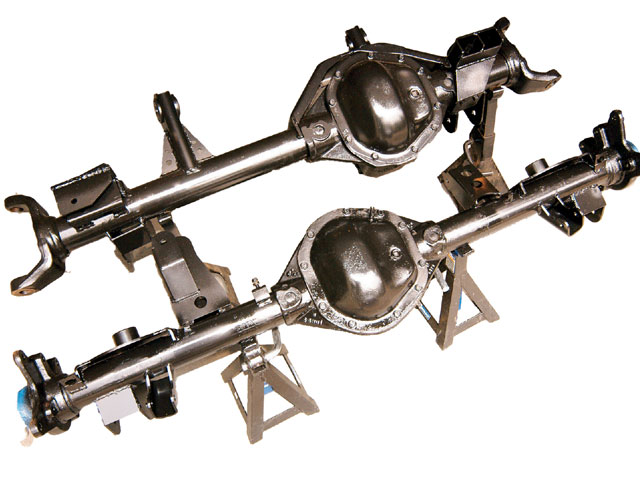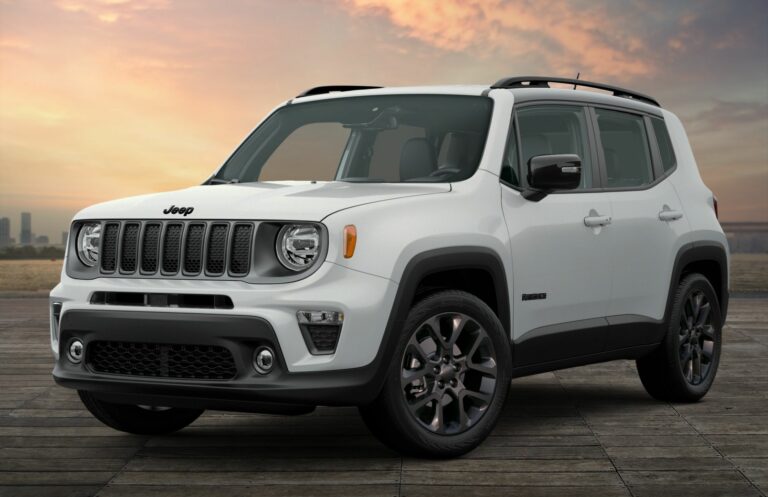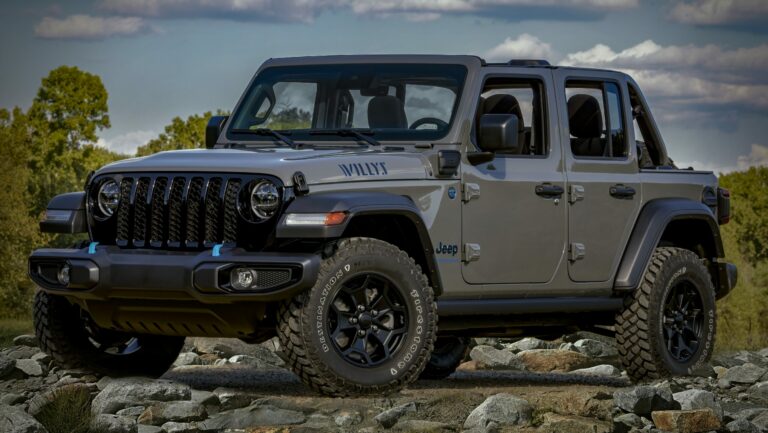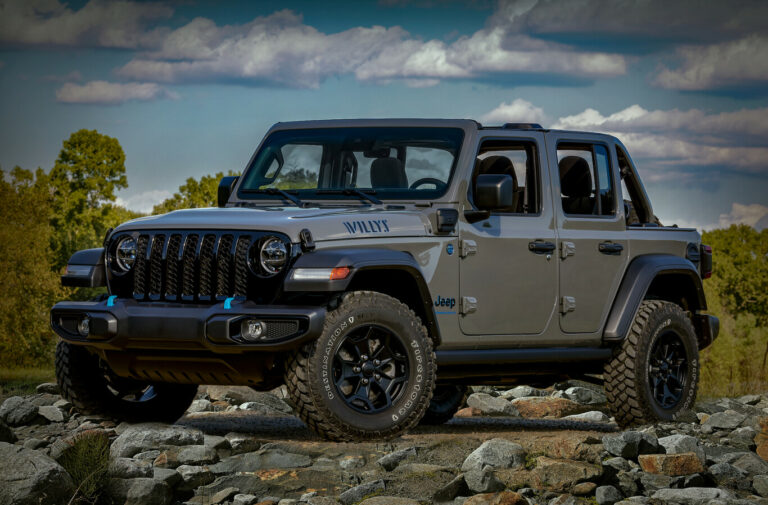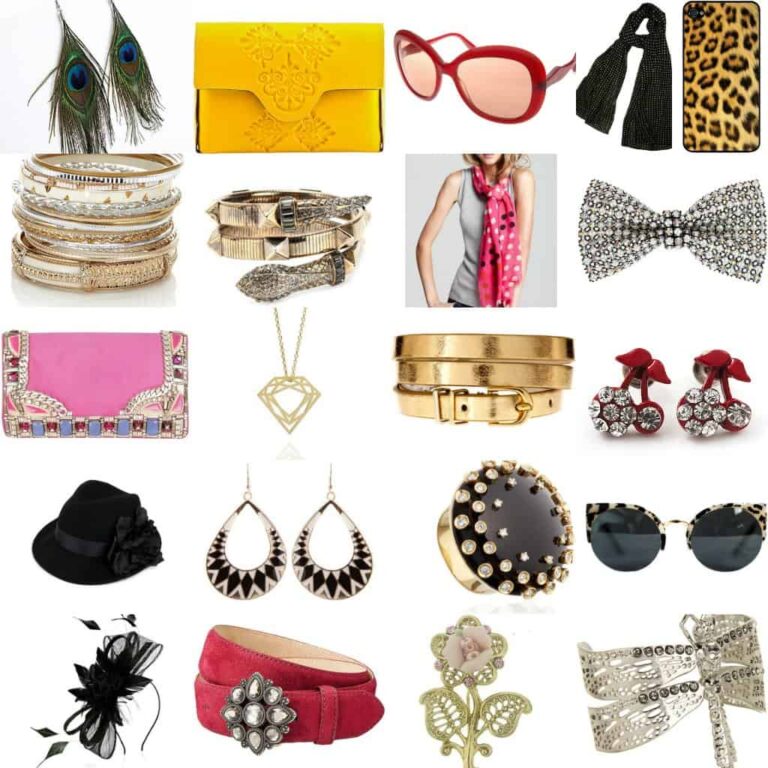Jeep TJ Dana 44 For Sale: Your Ultimate Guide to a Stronger Wrangler
Jeep TJ Dana 44 For Sale: Your Ultimate Guide to a Stronger Wrangler jeeps.truckstrend.com
The Jeep TJ Wrangler, produced from 1997 to 2006, remains one of the most beloved platforms for off-road enthusiasts. Renowned for its coil-spring suspension and classic round headlight aesthetic, the TJ offers an exceptional balance of daily drivability and trail prowess. However, like many vehicles designed for mass appeal, the stock TJ often comes with components that fall short for serious off-roading, particularly the rear axle. This is where the Jeep TJ Dana 44 for sale enters the picture – a highly sought-after upgrade that can transform your Wrangler’s capabilities and durability.
For anyone looking to run larger tires, tackle more aggressive trails, or simply build a more robust off-road machine, swapping out the factory Dana 35 rear axle (common on Sport, Sahara, and X models) for a Dana 44 is almost a rite of passage. This article serves as your comprehensive guide to understanding, finding, purchasing, and installing a Dana 44 axle for your TJ, ensuring you make an informed decision on this critical upgrade.
Jeep TJ Dana 44 For Sale: Your Ultimate Guide to a Stronger Wrangler
Why Upgrade to a Dana 44 for Your TJ? The Case for Strength
The allure of the Dana 44 for Jeep TJ owners is rooted in its significantly superior strength and durability compared to the standard Dana 35 axle. While the Dana 35 is perfectly adequate for stock tires and light trail use, it quickly becomes the weakest link when larger tires (33 inches and above), lockers, or more challenging terrain are introduced.
Here’s a breakdown of the key advantages the Dana 44 offers:
- Increased Ring and Pinion Size: The Dana 44 features a larger ring gear (8.5 inches vs. 7.5 inches for the Dana 35) and a stronger pinion, allowing it to handle more torque and stress without fear of gear failure.
- Larger Axle Shafts: Dana 44s typically come with larger diameter axle shafts (30-spline for the Dana 44 vs. 27-spline for the Dana 35) and often larger axle tube diameters, reducing the risk of bending or breaking.
- Better Aftermarket Support: Due to its popularity and strength, the Dana 44 boasts a vast aftermarket for lockers, stronger axle shafts (e.g., chromoly), and various gearing options, allowing for extensive customization.
- Improved Bearing and Carrier Strength: The internal components of the Dana 44 are designed for higher loads, translating to greater longevity and reliability, especially under demanding off-road conditions.
- Peace of Mind: For serious off-roaders, the upgrade from a Dana 35 to a Dana 44 provides confidence that their axle can withstand the rigors of the trail, reducing the likelihood of costly and inconvenient breakage.
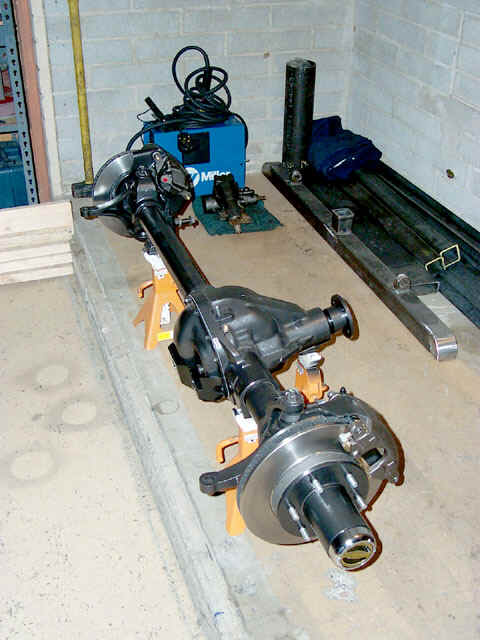
In essence, if you’re planning to push your TJ beyond mild trails, investing in a Dana 44 is not just an upgrade; it’s an essential fortification.
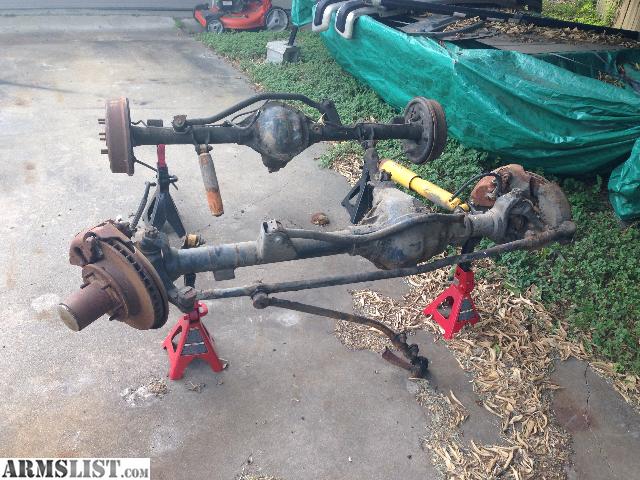
Identifying a Jeep TJ Dana 44: Know What You’re Looking For
Before you begin your search for a Jeep TJ Dana 44 for sale, it’s crucial to understand how to identify one. This will help you avoid costly mistakes and ensure you’re getting the right part.
For the Rear Axle (Most Common Upgrade):
The easiest way to differentiate a Dana 44 from a Dana 35 on a TJ is by looking at the differential cover and fill plug:
- Dana 35: Has an oval-shaped differential cover with 10 bolts. The fill plug is typically on the bottom left side of the differential housing.
- Dana 44: Features a more hexagonal or octagonal-shaped differential cover with 10 bolts. The fill plug is almost always located on the upper right side of the differential housing.

Additionally, the Dana 44 axle tubes are generally thicker and beefier than the Dana 35.
For the Front Axle:
While the rear Dana 44 is the most common upgrade, it’s worth noting the front axle. Most TJs came with a Dana 30 front axle. Only the high-end TJ Rubicon models came from the factory with both front and rear Dana 44 axles.
- TJ Rubicon Front Dana 44: This is a bit of a hybrid. While it has a Dana 44 sized ring and pinion, it retains the smaller Dana 30 axle tubes and outer knuckles. It’s stronger than a standard Dana 30 but not as robust as a "full" Dana 44 front axle found in some other vehicles. It will also have the Dana 44 style differential cover.
- Dana 30 Front: Has a distinct "pot-belly" shape on the driver’s side and an oval differential cover with 10 bolts. The fill plug is typically on the top left.
When searching for a Jeep TJ Dana 44 for sale, pay close attention to whether it’s a rear or front axle, and whether it came from a Rubicon or a non-Rubicon TJ (which would only have a factory rear Dana 44 if optioned).
Where to Find a Jeep TJ Dana 44 For Sale
Finding a Jeep TJ Dana 44 for sale can be a treasure hunt. Here are the most common and effective places to look:
- Salvage Yards/Junkyards:
- Pros: Often the most affordable option. You might find a complete axle from a wrecked TJ.
- Cons: Condition can vary wildly. You’ll need to do thorough inspection, and removal can be challenging. Look for TJs that were optioned with the factory Dana 44 rear or, ideally, a wrecked Rubicon.
- Online Marketplaces (Facebook Marketplace, Craigslist):
- Pros: Huge reach, allows direct negotiation with private sellers. You can find local deals.
- Cons: "Buyer beware" applies strongly here. Scammers exist, and descriptions can be vague or misleading. Always inspect in person.
- Dedicated Jeep & Off-Road Forums/Classifieds:
- Pros: Enthusiast communities often have a "for sale" section. Sellers here are typically more knowledgeable and might offer better descriptions and history. You might find parts already upgraded (e.g., re-geared, locked).
- Cons: Can be competitive, and prices might be slightly higher due to the specialized market.
- Specialized Off-Road Shops/Dealers:
- Pros: Can offer rebuilt axles, new aftermarket axles (e.g., Dynatrac, G2), or used axles that have been inspected. Some shops specialize in Jeep parts.
- Cons: Usually the most expensive option, but you often get a warranty or guarantee on rebuilt units.
- eBay:
- Pros: Wide selection, can find specific parts or complete assemblies.
- Cons: Shipping costs for axles can be prohibitive. Reliance on seller photos and descriptions.
Key Considerations When Buying a Used TJ Dana 44
Purchasing a used Jeep TJ Dana 44 for sale requires careful consideration to ensure you get a reliable component.
- Condition is King:
- Rust: Surface rust is common and usually not an issue, but heavy, pitting rust can indicate structural weakness or neglected fluid changes.
- Bent Tubes: Look down the length of the axle tubes for any signs of bending or bowing, which can be caused by severe impacts or heavy loads.
- Housing Damage: Inspect the differential housing for cracks, dents, or signs of impact.
- Fluid Leaks: Check around the differential cover, pinion seal, and axle seals for fluid leaks.
- Pinion Play: Grab the driveshaft flange/yoke and try to twist it. Excessive play can indicate worn pinion bearings or loose pinion nut.
- Gearing:
- Know your desired gear ratio! If you’re running larger tires (e.g., 35s), you’ll likely want lower gears (e.g., 4.56, 4.88).
- If you’re only swapping the rear, ensure the Dana 44’s gear ratio matches your front axle’s ratio exactly. Mismatched gears will destroy your drivetrain.
- Ask the seller what ratio is installed. If they don’t know, be prepared to open the differential and check the gear markings, or budget for a re-gear.
- Locker/Limited Slip:
- Some factory Dana 44s (especially Rubicon rear) came with a limited-slip differential. Aftermarket axles might have an air locker (ARB), mechanical locker (Detroit), or other traction devices.
- Ask if one is present and if it’s functional.
- Axle Shafts:
- Verify the condition of the axle shafts. Are they stock or upgraded chromoly? Check for any visible damage or twisting.
- Brakes:
- Most TJ Dana 44s will come with disc brakes, a significant upgrade over the stock Dana 35’s drums. Check the condition of the calipers, rotors, and pads. Factor in potential replacement costs.
- Price: Research typical market prices for the specific type of Dana 44 you’re looking for, considering its condition, gearing, and any included upgrades. Don’t be afraid to negotiate.
Installation and Post-Purchase Steps
Once you’ve secured your Jeep TJ Dana 44 for sale, the next step is installation.
- DIY vs. Professional: If you’re mechanically inclined and have the right tools (jack stands, floor jack, wrenches, sockets, torque wrench), swapping a rear axle can be a DIY project. However, if you’re unsure or dealing with complex issues like re-gearing, professional installation is recommended.
- Matching Gearing: If you’re replacing only one axle, ensure the new Dana 44’s gear ratio matches your existing axle’s ratio. If not, you’ll need to re-gear one or both axles to avoid drivetrain damage.
- Brake Lines and E-Brake: You’ll likely need to transfer your existing brake lines or install new ones designed for the Dana 44. The emergency brake cables may also need to be swapped or adapted, especially if going from drum to disc brakes.
- Driveshaft: In most cases, the stock driveshaft will work, but verify pinion angle and length once installed, especially if you’ve changed suspension height.
- Fluids: Always drain and refill with fresh gear oil after installation. Check the manufacturer’s recommendations for the correct fluid type and weight.
- Break-in: If new gears or a new locker are installed, follow the manufacturer’s break-in procedure (usually involves varying speeds and allowing the gears to cool).
Common Upgrades and Accessories for a TJ Dana 44
Even a stock Dana 44 can be improved. Many owners choose to further fortify their new axle:
- Aftermarket Differential Covers: Heavier duty covers (e.g., from ARB, Poison Spyder, AEV) offer better protection against rocks and often have larger fluid capacities and magnetic drain plugs.
- Chromoly Axle Shafts: For extreme off-roading, upgrading to chromoly axle shafts provides even greater strength and resistance to twisting.
- Lockers: If your Dana 44 doesn’t come with a locker, installing one (selectable like ARB or Eaton E-locker, or automatic like Detroit) will dramatically improve traction.
- Re-gearing: As mentioned, re-gearing is crucial for matching tire size and improving performance, especially with larger tires.
- Trussing and Gussets: For highly abusive off-roading, welding a truss and gussets to the axle tubes and inner C’s can prevent bending and strengthen critical areas.
Price Guide: Jeep TJ Dana 44 For Sale Estimates
The price of a Jeep TJ Dana 44 for sale can vary significantly based on condition, included features, and source. Here’s a general guide:
| Type of Dana 44 (Rear) | Condition | Features/Included | Estimated Price Range (USD) | Notes |
|---|---|---|---|---|
| Stock Dana 44 (Used) | Fair/Good | No locker, unknown gears, some rust, complete with brakes | $700 – $1,200 | Most common finding. May require re-gearing, new brakes. |
| Stock Dana 44 (Used) | Excellent | Clean, known gears, disc brakes, ready to bolt in | $1,000 – $1,600 | Less common, but a good find. |
| Rubicon Dana 44 (Rear) | Used (Good) | Factory locker (Tru-Lok), disc brakes, specific gear ratio | $1,500 – $2,500+ | Highly sought after. Locker condition is key. |
| Rebuilt Dana 44 | Professional Rebuild | New bearings, seals, specific gears, possibly new locker | $2,000 – $3,500+ | From specialized shops, often with warranty. |
| Aftermarket Dana 44 | New | Brand new housing, gears, shafts, choice of locker (e.g., Currie, G2, Dynatrac) | $3,500 – $6,000+ | Top-tier strength, fully customizable. |
| Front Dana 44 (Rubicon) | Used (Good) | Factory locker (Tru-Lok), specific gear ratio | $1,000 – $2,000 | Only for Rubicon models, or as part of a front axle swap (more complex). |
Note: These are estimates and market prices can fluctuate based on region, demand, and the specific seller. Always factor in potential shipping costs, new fluids, and any necessary repair/upgrade parts.
Frequently Asked Questions (FAQ) about Jeep TJ Dana 44 For Sale
Q1: Is a Dana 44 a direct bolt-in for my TJ?
A1: Yes, a rear Dana 44 from a TJ is generally a direct bolt-in replacement for a TJ Dana 35, meaning the mounting points (control arm mounts, coil spring perches, shock mounts) are in the correct locations. However, you’ll need to ensure the gear ratio matches your front axle, and you may need to adapt brake lines or emergency brake cables if your original axle had drum brakes.
Q2: Do I need to re-gear if I install a Dana 44?
A2: You must re-gear the new Dana 44 to match the gear ratio of your front axle precisely, or re-gear both axles to your desired ratio. Mismatched gear ratios will cause severe damage to your transfer case and drivetrain.
Q3: What’s the difference between a Rubicon Dana 44 and a non-Rubicon Dana 44?
A3: For the rear axle, both are strong Dana 44s. The primary difference is that the Rubicon rear Dana 44 comes factory with an electric locker (Tru-Lok). Non-Rubicon TJs that were optioned with a Dana 44 rear typically came with a limited-slip differential or open differential. The front Dana 44 on a Rubicon is unique; it uses a Dana 44 center section but retains Dana 30 axle tubes and outer knuckles, making it stronger than a D30 but not a "full" D44.
Q4: Can I put a Dana 44 in the front of my non-Rubicon TJ?
A4: Yes, but it’s a more involved process than a rear axle swap. You cannot simply bolt in a Rubicon front Dana 44 without significant modification to the suspension and steering. Most non-Rubicon TJ owners opt for an aftermarket high-pinion Dana 44 or a custom-built axle for the front if they want to upgrade beyond the Dana 30.
Q5: What size tires can a Dana 44 handle?
A5: A well-built Dana 44 (especially with chromoly shafts and a good locker) can generally handle 35-inch tires with ease for aggressive off-roading, and often 37-inch tires with careful driving and additional reinforcement (like trussing).
Q6: How much should I expect to pay for professional installation?
A6: Installation costs vary widely by region and shop, but for a rear axle swap, expect to pay anywhere from $400 to $1000, not including re-gearing if needed. Re-gearing both axles can add another $1000-$2000 in labor alone, plus the cost of gear sets and master install kits.
Conclusion
The pursuit of a Jeep TJ Dana 44 for sale is a common and highly beneficial endeavor for any TJ owner looking to significantly boost their Wrangler’s off-road capability and durability. By understanding the advantages of the Dana 44, knowing how to identify it, and carefully navigating the purchasing process, you can acquire an axle that will stand up to the demands of challenging trails and larger tires.
While the search and installation require diligence, the reward is a TJ that is more robust, reliable, and ready for whatever the trail throws its way. This upgrade isn’t just about replacing a part; it’s about unlocking your Jeep’s full potential and ensuring countless more adventures on the dirt.

